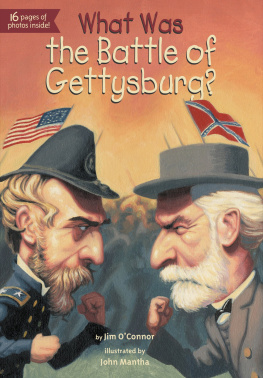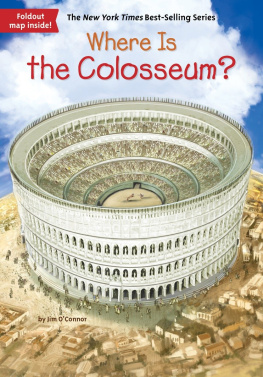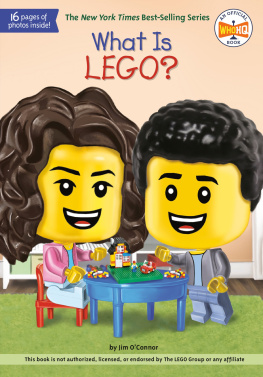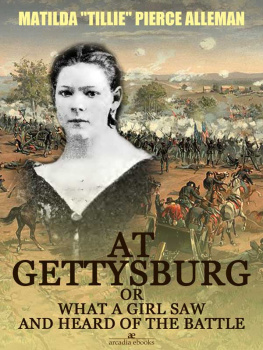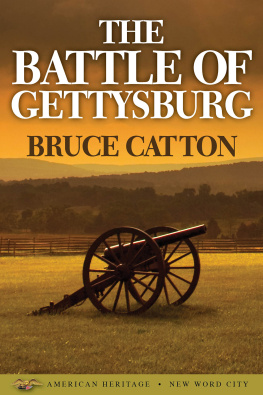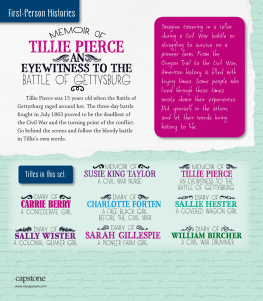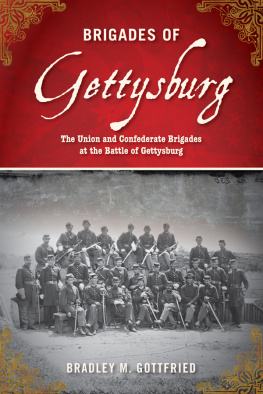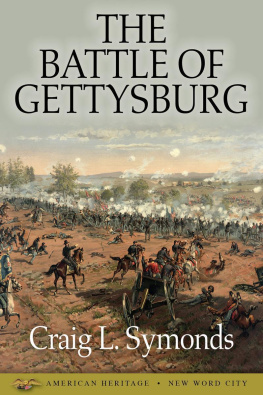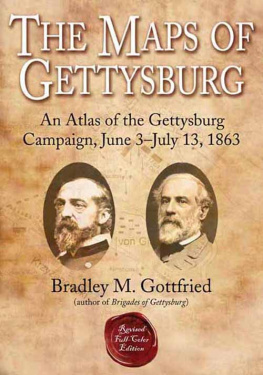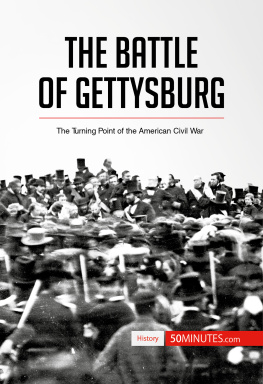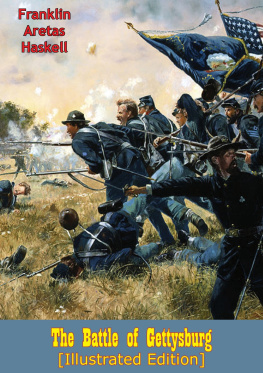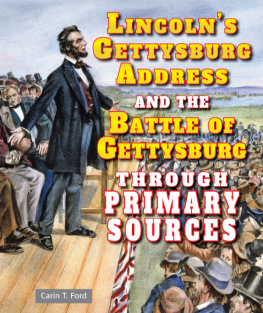Jim OConnor - What Was the Battle of Gettysburg?
Here you can read online Jim OConnor - What Was the Battle of Gettysburg? full text of the book (entire story) in english for free. Download pdf and epub, get meaning, cover and reviews about this ebook. year: 2013, publisher: Penguin, genre: History. Description of the work, (preface) as well as reviews are available. Best literature library LitArk.com created for fans of good reading and offers a wide selection of genres:
Romance novel
Science fiction
Adventure
Detective
Science
History
Home and family
Prose
Art
Politics
Computer
Non-fiction
Religion
Business
Children
Humor
Choose a favorite category and find really read worthwhile books. Enjoy immersion in the world of imagination, feel the emotions of the characters or learn something new for yourself, make an fascinating discovery.
- Book:What Was the Battle of Gettysburg?
- Author:
- Publisher:Penguin
- Genre:
- Year:2013
- Rating:3 / 5
- Favourites:Add to favourites
- Your mark:
- 60
- 1
- 2
- 3
- 4
- 5
What Was the Battle of Gettysburg?: summary, description and annotation
We offer to read an annotation, description, summary or preface (depends on what the author of the book "What Was the Battle of Gettysburg?" wrote himself). If you haven't found the necessary information about the book — write in the comments, we will try to find it.
What Was the Battle of Gettysburg? — read online for free the complete book (whole text) full work
Below is the text of the book, divided by pages. System saving the place of the last page read, allows you to conveniently read the book "What Was the Battle of Gettysburg?" online for free, without having to search again every time where you left off. Put a bookmark, and you can go to the page where you finished reading at any time.
Font size:
Interval:
Bookmark:

What Was
the Battle of
Gettysburg?
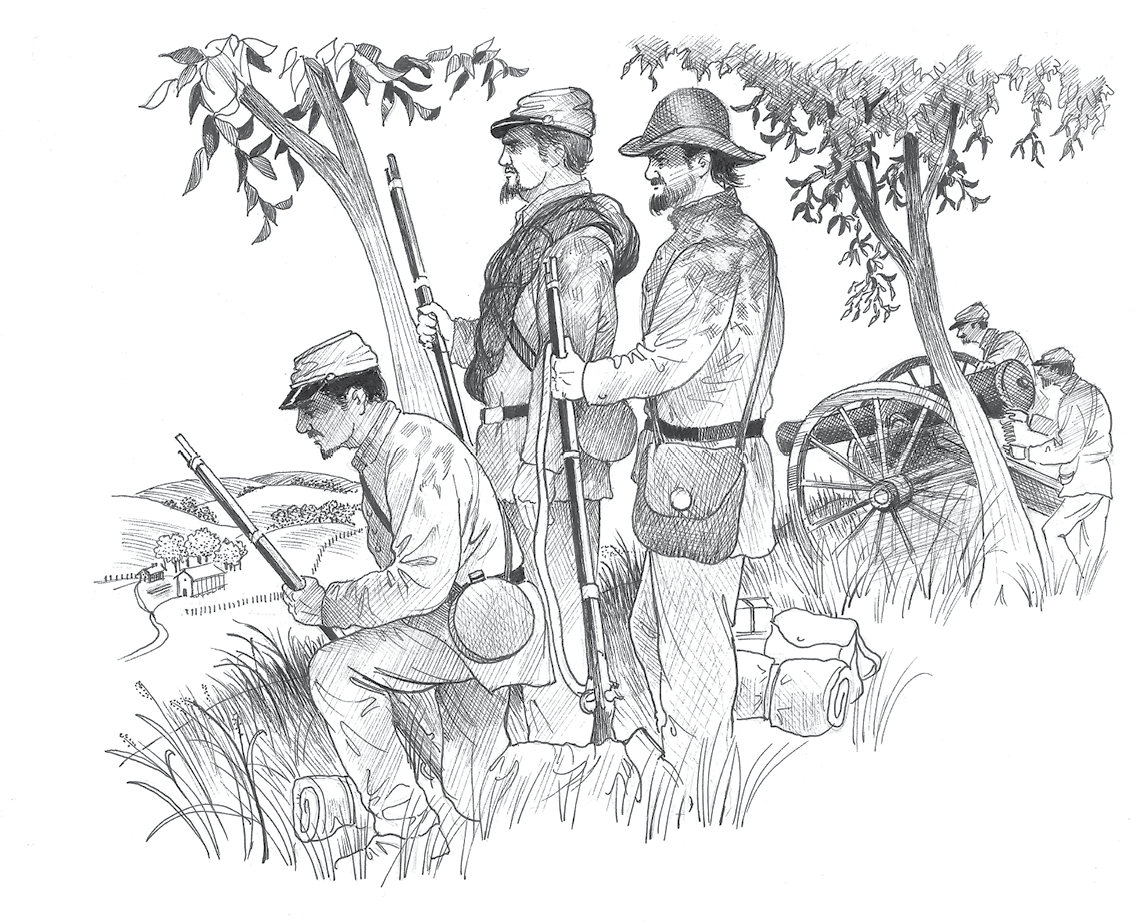
by Jim OConnor
illustrated by John Mantha
Grosset & Dunlap
An Imprint of Penguin Group (USA) Inc.
In memory of Private Charles Spiesberger,
killed in action on Little Round Top,
July 2, 1863JOC
GROSSET & DUNLAP
Published by the Penguin Group Penguin Group (USA) Inc., 375 Hudson Street, New York, New York 10014, USA Penguin Group (Canada), 90 Eglinton Avenue East, Suite 700, Toronto, Ontario M4P 2Y3, Canada (a division of Pearson Penguin Canada Inc.) Penguin Books Ltd, 80 Strand, London WC2R 0RL, England Penguin Ireland, 25 St Stephens Green, Dublin 2, Ireland (a division of Penguin Books Ltd) Penguin Group (Australia), 707 Collins Street, Melbourne, Victoria 3008, Australia (a division of Pearson Australia Group Pty Ltd) Penguin Books India Pvt Ltd, 11 Community Centre, Panchsheel Park, New Delhi110 017, India Penguin Group (NZ), 67 Apollo Drive, Rosedale, Auckland 0632, New Zealand (a division of Pearson New Zealand Ltd) Penguin Books (South Africa), Rosebank Office Park, 181 Jan Smuts Avenue, Parktown North 2193, South Africa Penguin China, B7 Jiaming Center, 27 East Third Ring Road North, Chaoyang District, Beijing 100020, China
Penguin Books Ltd, Registered Offices: 80 Strand, London WC2R 0RL, England
All rights reserved. No part of this book may be reproduced, scanned, or distributed in any printed or electronic form without permission. Please do not participate in or encourage piracy of copyrighted materials in violation of the authors rights. Purchase only authorized editions.
Text copyright 2013 by Jim OConnor. Cover and interior illustrations copyright 2013 by Penguin Group (USA) Inc. All rights reserved. Published by Grosset & Dunlap, a division of Penguin Young Readers Group, 345 Hudson Street, New York, New York 10014. GROSSET & DUNLAP is a trademark of Penguin Group (USA) Inc. Printed in the U.S.A.
Library of Congress Control Number: 2012027557
ISBN 978-1-101-61026-8

What Was the Battle
of Gettysburg?
Today, many Americans think the Civil War, or the War between the States, was just about slavery. Twenty-five states in the North fought to end slavery, while eleven states in the South fought just as hard to keep the right to own slaves.
Slavery was certainly the biggest issue of the war. But there were other reasons for the Civil War.
One issue was states rights. That meant how much power each state had over itself. What if states no longer wanted to be part of the United States of America? Did they have the right to break away and start their own country? The South said, Yes, we can do that if we want. The North said, No, were one country, and that is the way it has to stay.
In the years before the war began, many Southern states felt that the antislavery North was threatening their way of life. Cotton was the main industry throughout most of the South. Cotton was grown on farms called plantations. Some plantations were huge. Somerset Place in North Carolina had more than 100,000 acres of land.
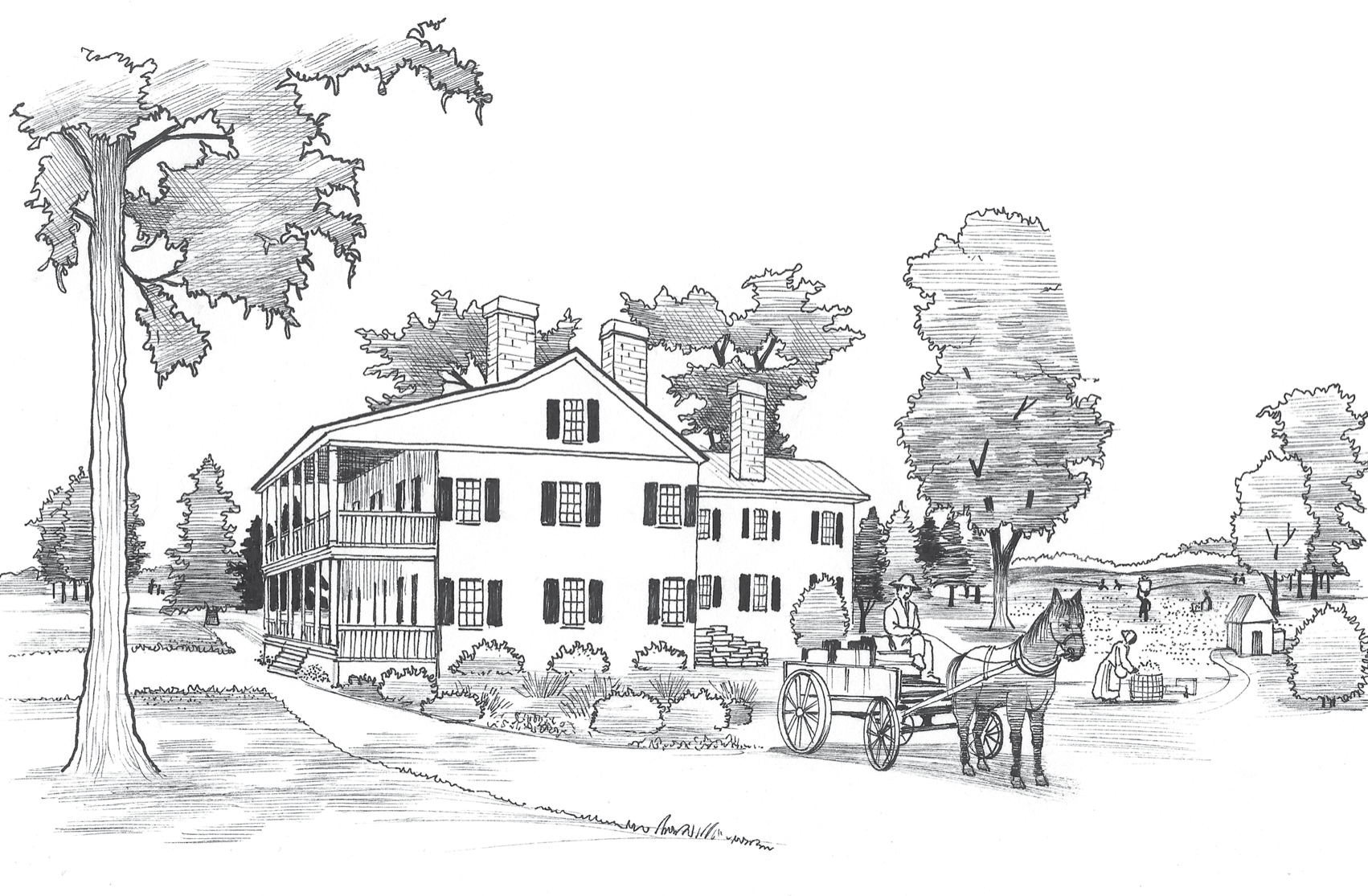
Southern cotton growers used slaves as unpaid workers. Large plantations required many slaves to plant, weed, and pick the crops. It was not uncommon for rich cotton growers, called Cotton Kings, to own five hundred slaves.
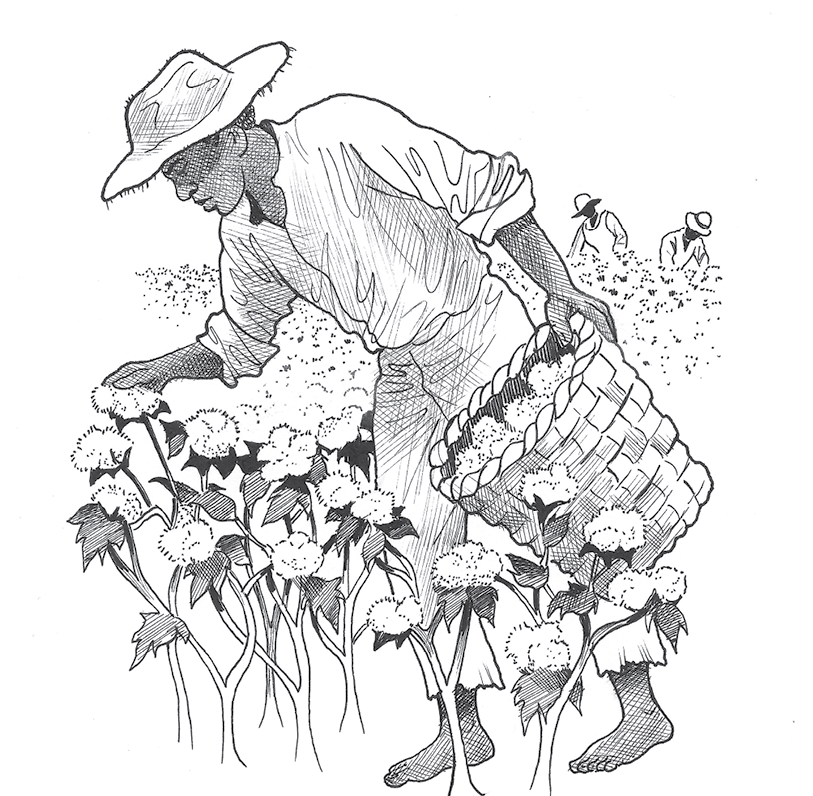
Slaves belonged to their owners in the same way that horses and cows did. Slaves had no rights. They could not vote. They could not own property. They were sold at auctions. By 1860 there were almost four million slaves living in the South.
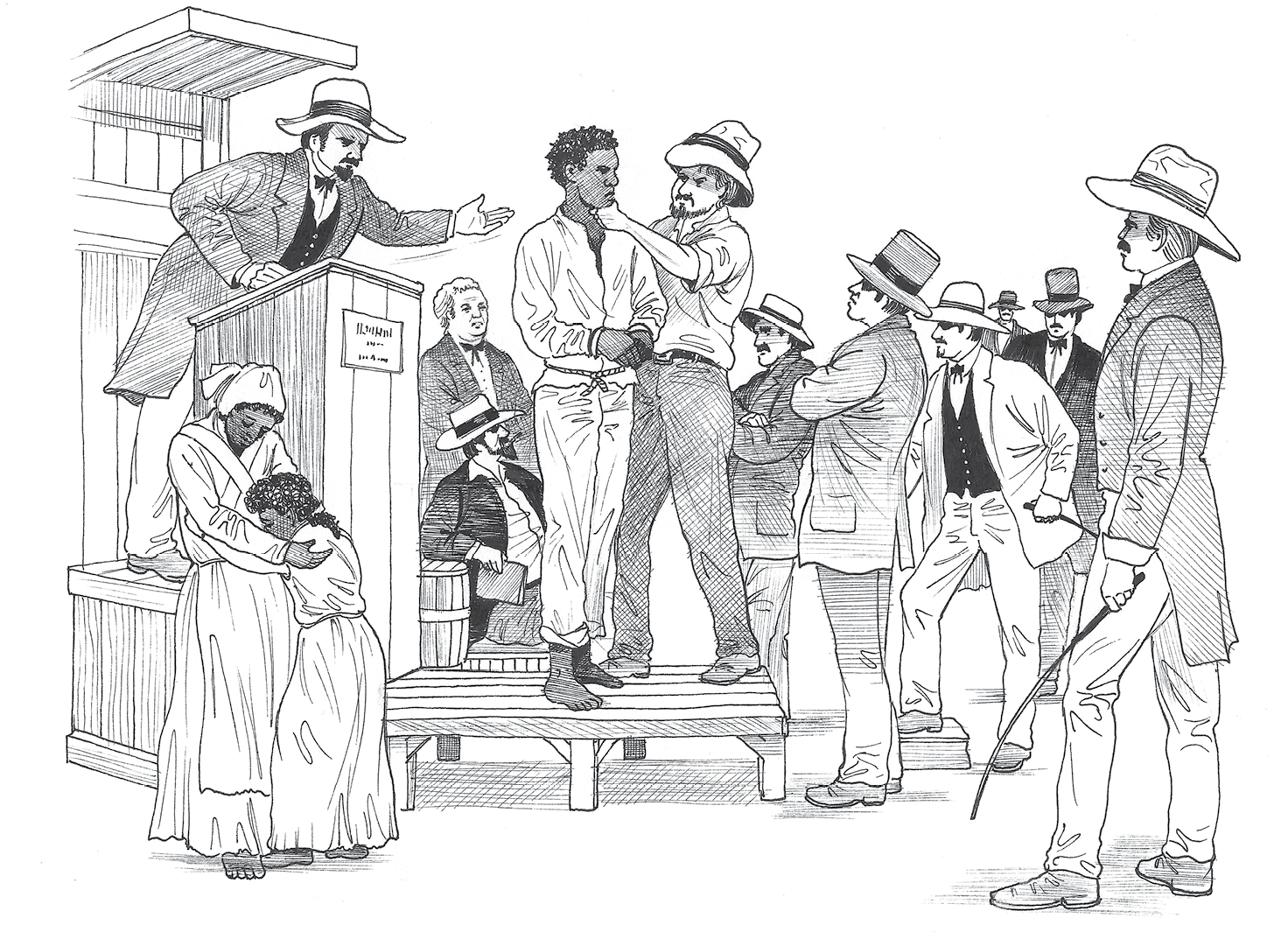
In the North, the land was not suitable for growing cotton or tobacco, another big crop in the South. Northern farms were small. More and more people worked in factories and businesses. Although in the early days of the United States some people in the Northern states had owned slaves, slavery had largely died out. By the 1820s, many people in the North thought slavery was horribly wrong. It had to be abolishedor endedeverywhere in the United States.
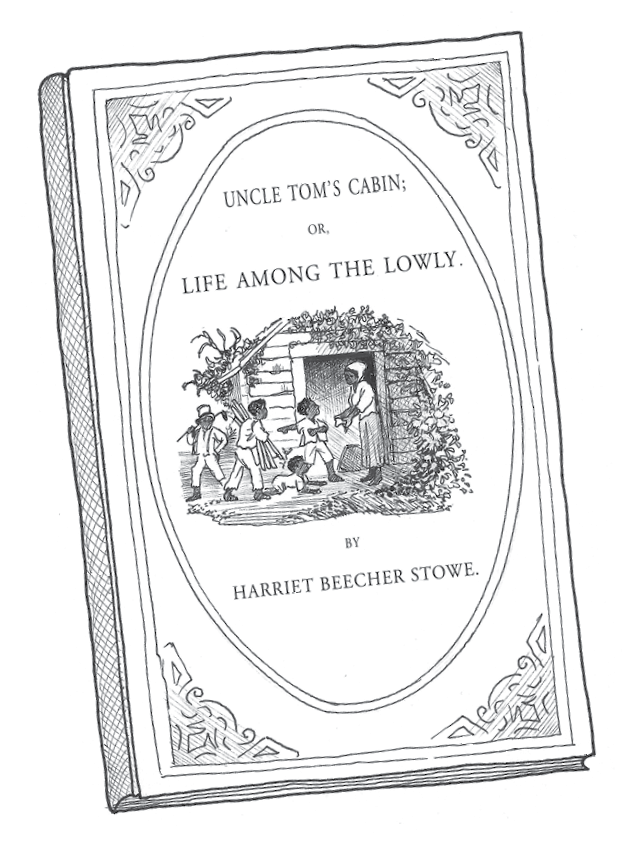
The Abolitionist Movement grew stronger in the years before the Civil War. A novel called Uncle Toms Cabin, by Harriet Beecher Stowe, came out in 1852. It dramatized the harsh life of slaves and sold an amazing 300,000 copies in one year. It won the abolitionists many new followers.
There had always been tension between the North and South. But it was growing much worse.

When Abraham Lincoln was elected president in 1860, it was the last straw for the Southern states. Lincoln was against slavery and did not want it spreading to any new state that came into the Union. He also believed that states did not have the right to secede, or leave, the Union.
But that is just what seven Southern states did in early 1861. They formed the Confederate States of America. Later, four more states also seceded.
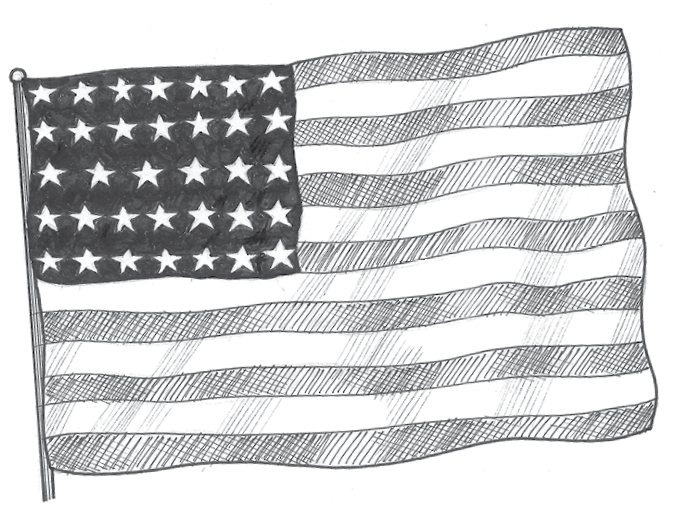
Union flag
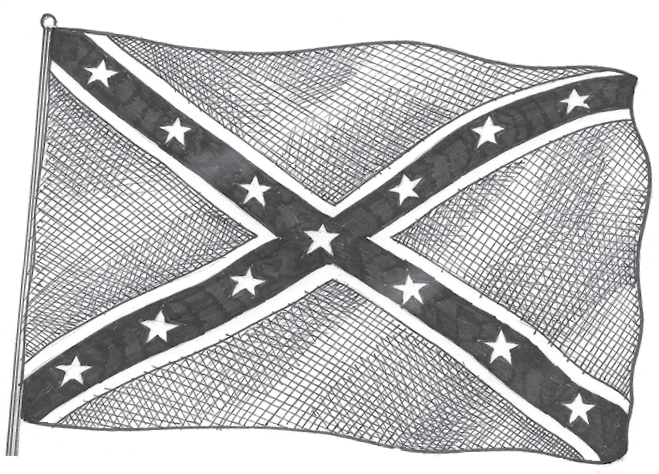
Confederate flag
On April 12, 1861, Confederate gunners opened fire on Fort Sumter in Charleston Harbor, South Carolina. The bombardment lasted thirty-four hours and left the fort a pile of rubble. Amazingly, there were no Union casualties. Fort Sumter soon surrendered. The Civil War had begun.
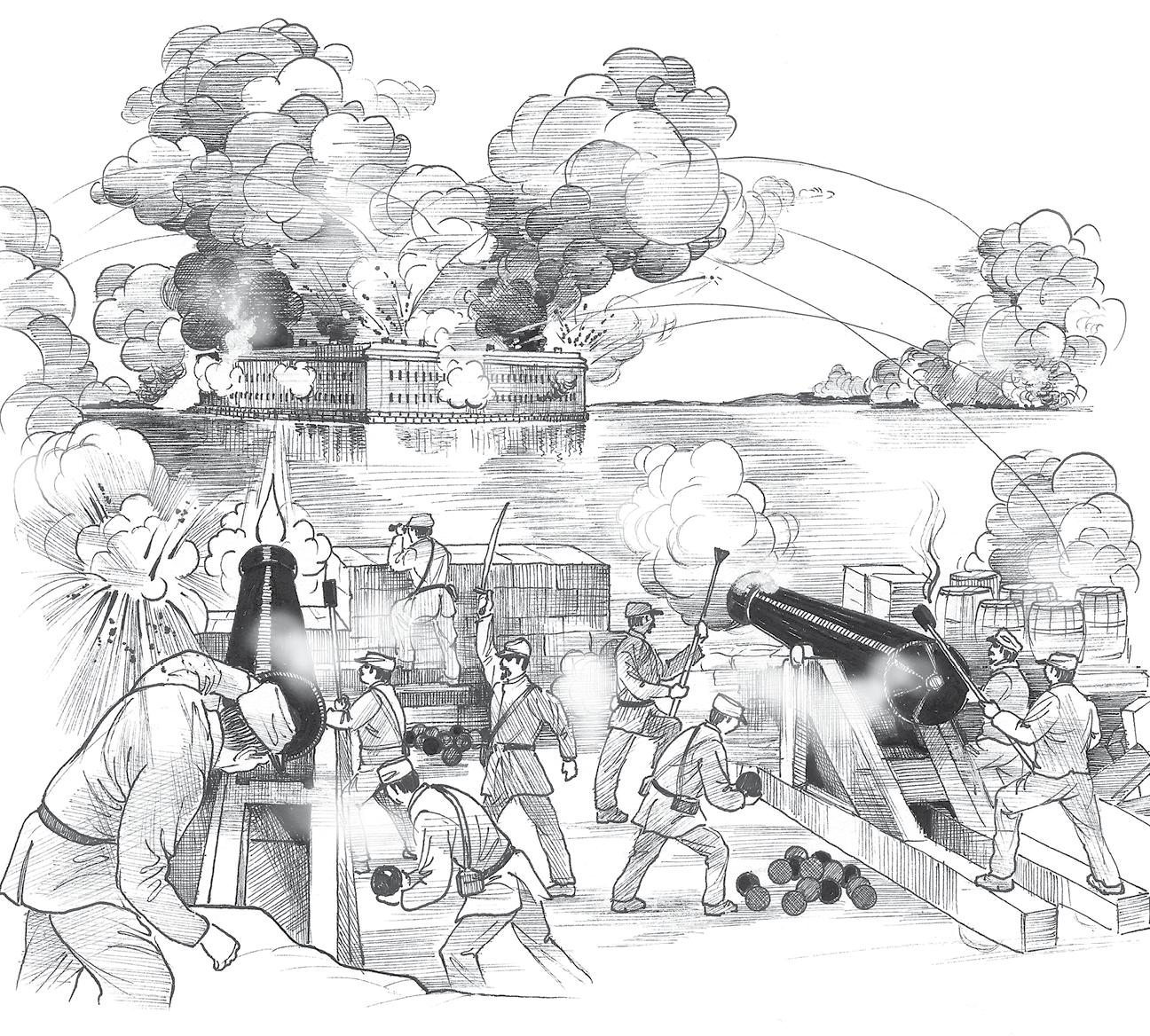
Fort Sumter
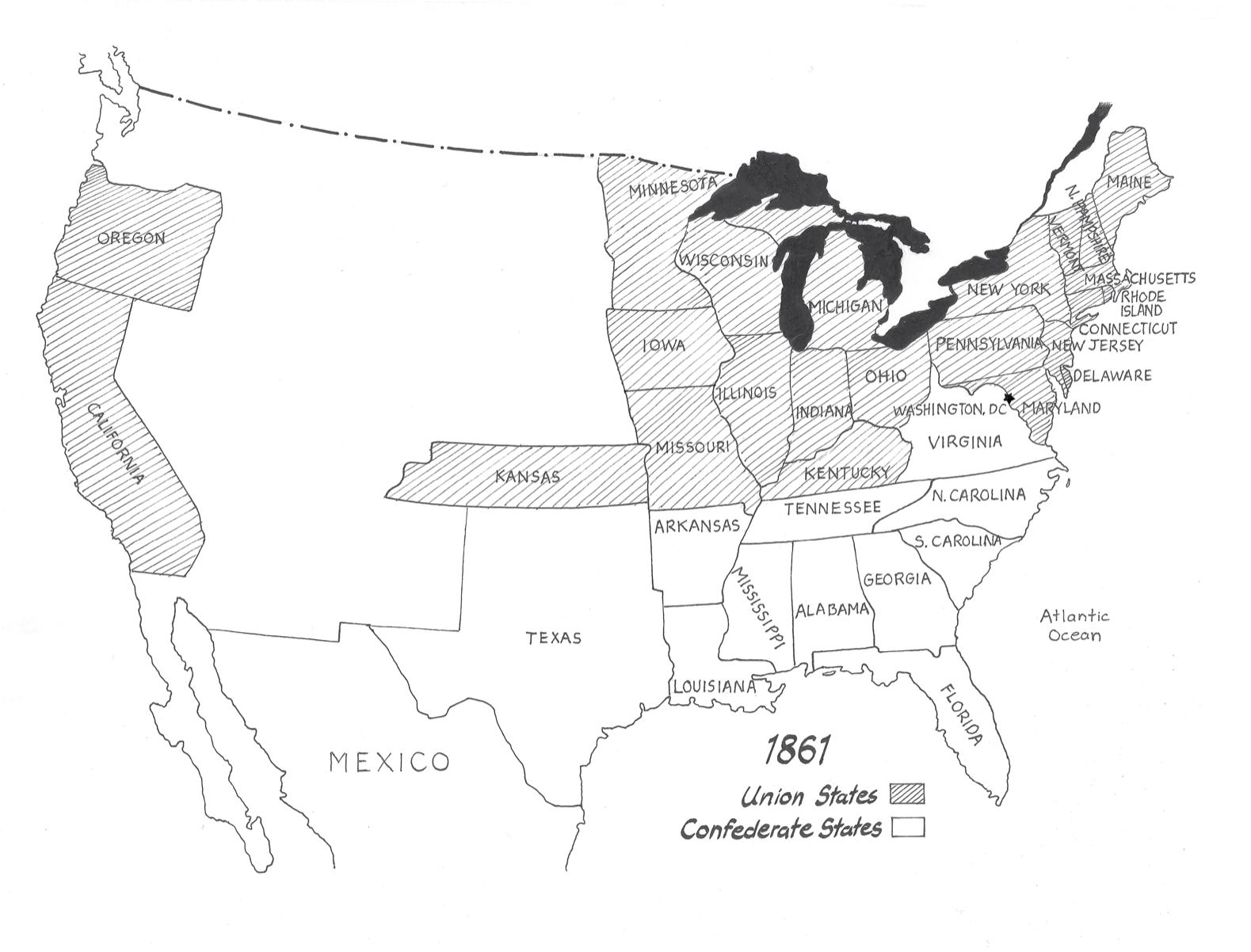
Jefferson Davis
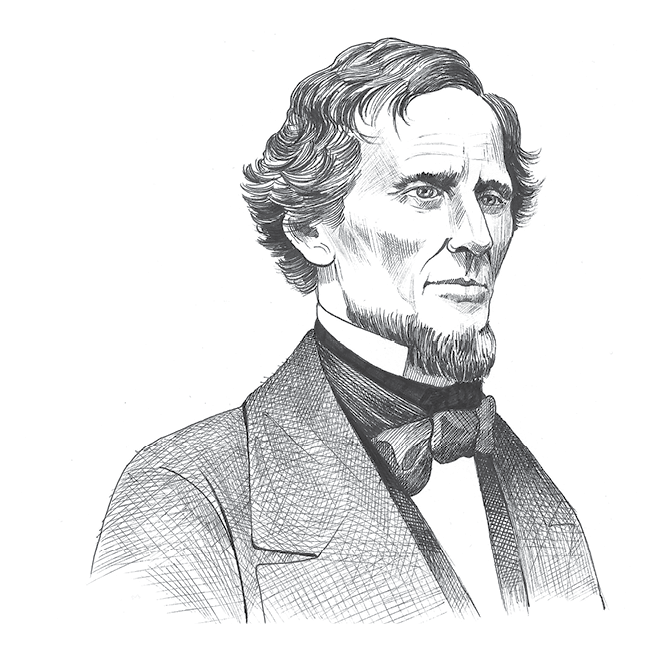
Jefferson Davis was the first and only president of the Confederate States of America. He was born in Kentucky on June 3, 1808, only about one hundred miles from where Abraham Lincoln was born on February 12, 1809.
Davis graduated from West Point. That is the United States Military Academy in West Point, New York. Many famous soldiers as well as US presidents have graduated from West Point. Davis served in the United States Army and later became a rich cotton grower in Mississippi. Like all cotton growers, Davis owned slaves. He had at least seventy-four slaves working on his plantation. One named William Jackson worked in Daviss house and later became a spy for the Union during the war.
Font size:
Interval:
Bookmark:
Similar books «What Was the Battle of Gettysburg?»
Look at similar books to What Was the Battle of Gettysburg?. We have selected literature similar in name and meaning in the hope of providing readers with more options to find new, interesting, not yet read works.
Discussion, reviews of the book What Was the Battle of Gettysburg? and just readers' own opinions. Leave your comments, write what you think about the work, its meaning or the main characters. Specify what exactly you liked and what you didn't like, and why you think so.

